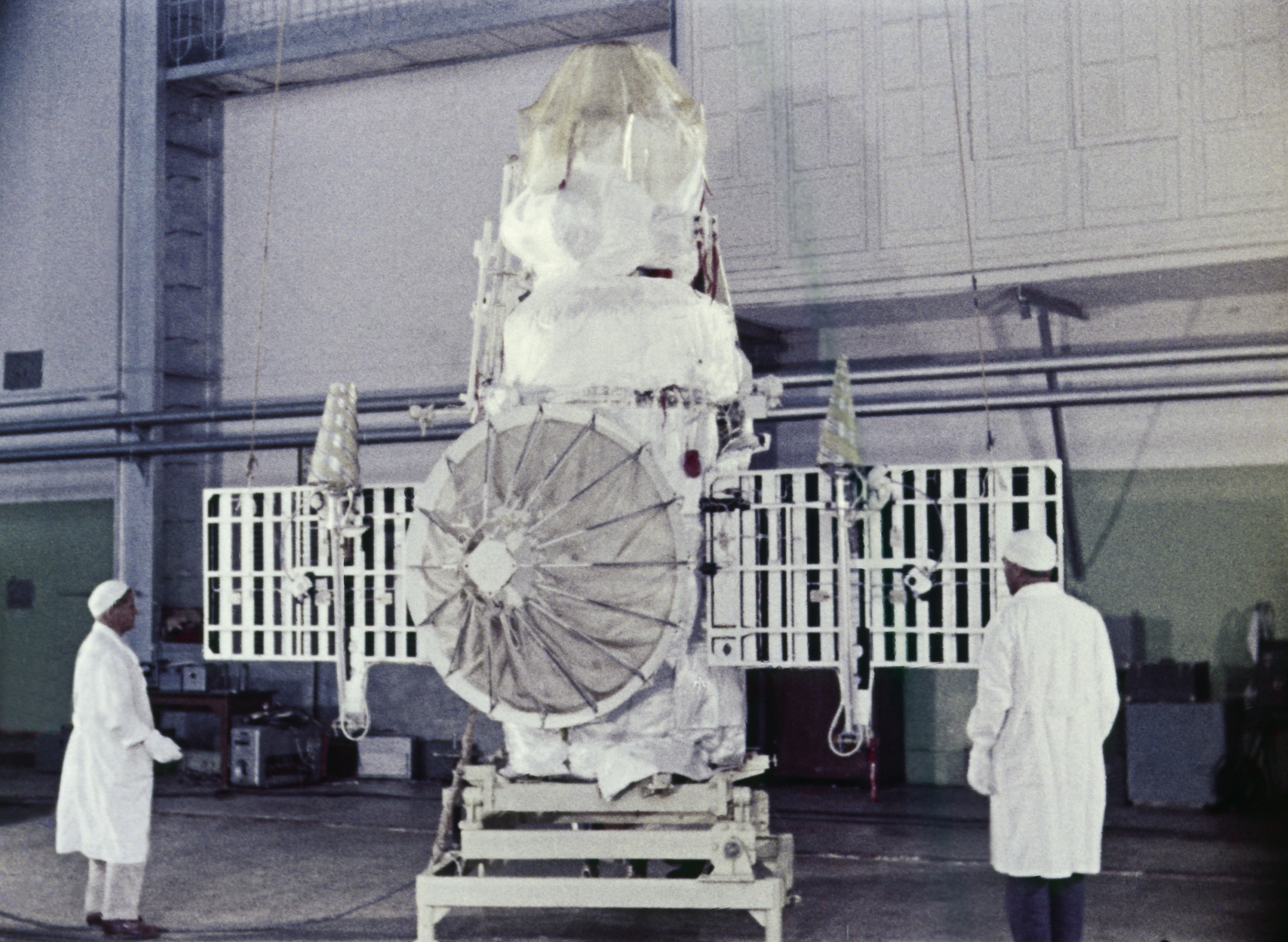A Soviet Spacecraft Is About to Crash Back to Earth After Being Stuck in Orbit for 53 Years - Smithsonian Magazine [View all]
The Cosmos 482 lander was intended to reach Venus, but it has instead been circling Earth since 1972
In 1972, the Soviet Union’s Venera 8 spacecraft became the second ever to land on Venus. It operated for 50 minutes in the planet’s harsh environment before succumbing to the intense heat. But this intrepid lander once had a sister probe named Cosmos 482. It launched four days after Venera 8 but was unable to escape low-Earth orbit and broke apart.
While several pieces of the spacecraft burned up quickly, others remained in orbit. Now, 53 years later, one of them is about to return to our planet’s atmosphere—and potentially reach the surface.
“In the second week of May 2025, an unusual object will re-enter. It concerns the Cosmos 482 descent craft,” Marco Langbroek, an amateur satellite watcher and author of the SatTrackCam satellite tracking blog, writes in a post. “This object is the lander module from a 1972 failed Soviet Venera mission.”
It’s currently impossible to predict exactly when and where the re-entry will take place. According to modeling by Langbroek and his colleague Dominic Dirkx, the object will re-enter between the latitudes of 52 North and 52 South—that’s a large portion of the globe, spanning from as far north as England to as far south as the Falkland Islands off Argentina’s coast. The window for re-entry sits around May 10, depending on solar activity.
As reported by EarthSky’s Eddie Irizarry, when the sun’s activity intensifies, Earth’s upper atmosphere heats up and expands. This creates more atmospheric drag—or air friction—on low-orbiting objects, which slows them down and hastens their fall. Needless to say, the satellite will be making an uncontrolled re-entry.
Read more:
https://www.smithsonianmag.com/smart-news/a-soviet-spacecraft-is-about-to-crash-back-to-earth-after-being-stuck-in-orbit-for-53-years-180986522/?utm_medium=distribution&utm_source=pushly&utm_campaign=editorial
 Workers prepare Venera 4, a Soviet space probe, for its flight to Venus' atmosphere in 1967. Sovfoto / Universal Images Group via Getty Images
Workers prepare Venera 4, a Soviet space probe, for its flight to Venus' atmosphere in 1967. Sovfoto / Universal Images Group via Getty Images
